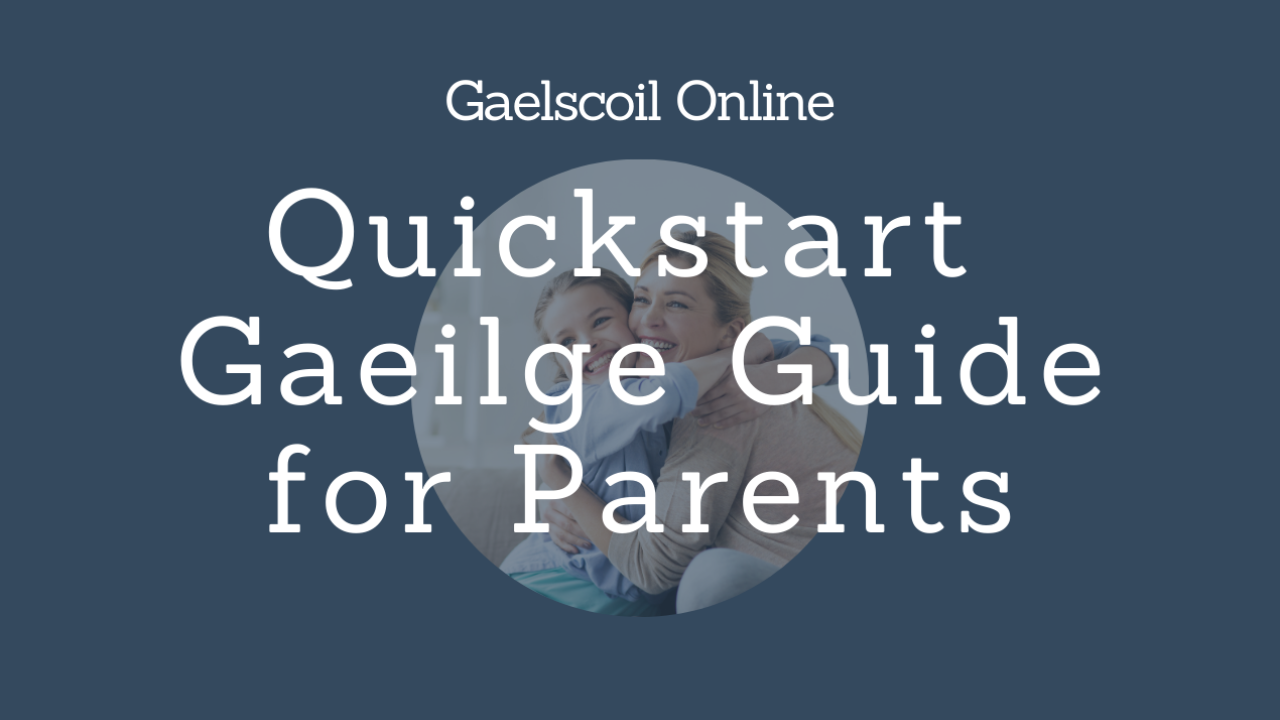
Free Irish Language Pronunciation Guide PDF
Free Irish Language Pronunciation Guide PDF
Check out our new free download, which is a full guide to pronunciation of the Irish language; 📙Free pronunciation guide to the Irish Language Here
Intro to Irish Pronunciation
The Irish language, also known as Gaelic or Gaeilge, has a unique set of sounds and pronunciation rules. Here's a brief guide to some of the most important sounds and how to pronounce them, along with some examples of Irish words:
The modern Irish language uses the same alphabet as English, which consists of 26 letters. However, there are a few letters that are NOT US in Irish:
- J
- K
- Q
- V
- W
- X
- Y
- Z
While some of these letters do appear in loanwords or personal names in Irish, like zú (zoo), they are not considered part of the Irish alphabet.
Understanding Dialects
First things first, did you know there are three main dialects of Irish? While this guide provides a general pronunciation that aligns with 'the standard' (an chaighdeán), remember that words can sound different depending on the dialect. If you want to delve into a specific dialect, check out online tools like focloir.ie and teanglann.ie
Irish Pronunciation Summary
📚 Vowels
-
Long Vowels (with fada ´):
-
Short Vowels:
🔗 Common Vowel Combinations
-
ae: "ay" as in say (tae)
-
ao: "ee" as in see (lao)
- aoi: "ee" as in see (saoirse)
-
ea: "a" as in apple (easpa)
-
ei: "e" as in get (feirm)
-
ia: "ee-a" as in bee-a (bia)
-
ua: "oo-a" as in foo-a (fuath)
🔤 Consonants and Special Sounds
-
s: pronounced "sh" when beside the slender vowels; i & e (e.g., Seán = Shawn)
-
t, d: can sound like "ch" and "j" when beside slender vowels; i & e (e.g., te = che, deoch = juck)
-
bh, mh: "v" or "w" (e.g., Niamh = Neev or Mo Mham)
-
ch: like ch in loch
-
dh can sound like "y" or be silent (e.g., mo dhia = my-uh)
- gh can sound like a guttaral 'ch' (e.g, Mo gháirdín)
-
fh: usually silent (Mo fhia)
-
ph: sounds like f (e.g., phós = fohs)
-
th: often sounds like h (e.g., thug = hug)
💨 Softening Sounds (Séimhiú)
Adding an 'h' after a consonant makes it softer.
-
bh: "w" or "v" (e.g., bhóthar "vo-her", or bhain = "wahn")
-
ch: like ch in loch (luch)
-
dh "y" or silent (mo dhia)
-
mh: "w" or "v" (mo mham) *often depends on dialects
-
ph: f (phós "fose")
-
sh, th: h (shin , thóin)
🌀 Changing Beginning Sounds (Urú)
Sometimes a letter is added to the beginning of a word, which changes how it sounds.
-
b → mb (e.g., ar an mbord = "mord")
-
c → gc (e.g., i gCorcaigh = "gorkig")
-
d → nd (e.g., i nDoire = "n-derry")
-
f → bhf (e.g., an bhfuair tú = "woo")
-
g → ng (e.g., i nGaillimh = "ng-galliv")
-
p → bp (e.g., i bPáras = "baras")
-
t → dt (e.g., i dTrá Lí = "drah lee")
Full Irish Pronunciation Breakdown
1. Vowels: Short and Long
There are two types of Irish vowels: short and long.
A fada (an accent in Irish, called the síneadh fada) is a (´) over a vowel that makes it long.
Let's take a look:
Short Vowels; a, e, i, o, u (Short vowels are the 5 vowels without a fada)

Long Vowels; á, é, í, ó, ú
When a vowel has a fada ( an accent), it is long.

Broad & Slender
a, o and u are broad vowels
i and e are slender vowels
2. Consonants: Broad and Slender
A consonant's pronunciation changes depending on whether it is next to a broad or slender vowel. Here are some examples:
Broad Consonants;
If a consonant is next to a broad vowel, we say It is a broad consonant;
can (to sing), mór (big), tú (you)
Slender Consonants;
If a consonant is next to a slender vowel, we say it is a slender consonant;
Sí (her), Te (hot)
3. Diphthongs: Vowels Together
A diphthong is a combination of two vowels in a single syllable. Here are some common ones:
*to be able to click on the live pronunciation links, you can download the free pdf here


4. Consonant Combinations
Consonants together can change the pronunciation of the initial consonant, often in Irish there is a change to a ‘v’, ‘w’, or silent sound.


Urú (Eclipsis)
An urú places a letter in front of a word's first letter, altering its pronunciation. For example, "bád" (boat) becomes "ar an mbád" (on the boat).

Séimhiú (Lenition)
A séimhiú adds an 'h' after the first letter, softening its pronunciation. For example, "bean" (woman) becomes "an bhean" (the woman).

Tips for Beginners
Rules are fun, but speaking a language is even more fun. Start using practical Irish phrases you can slip into everyday conversation. Practice makes perfect, so keep at it, and soon you'll be speaking Irish with confidence! You can start your Irish journey for free here with our FREE Irish Quickstart Guide for Beginners & Parents.
